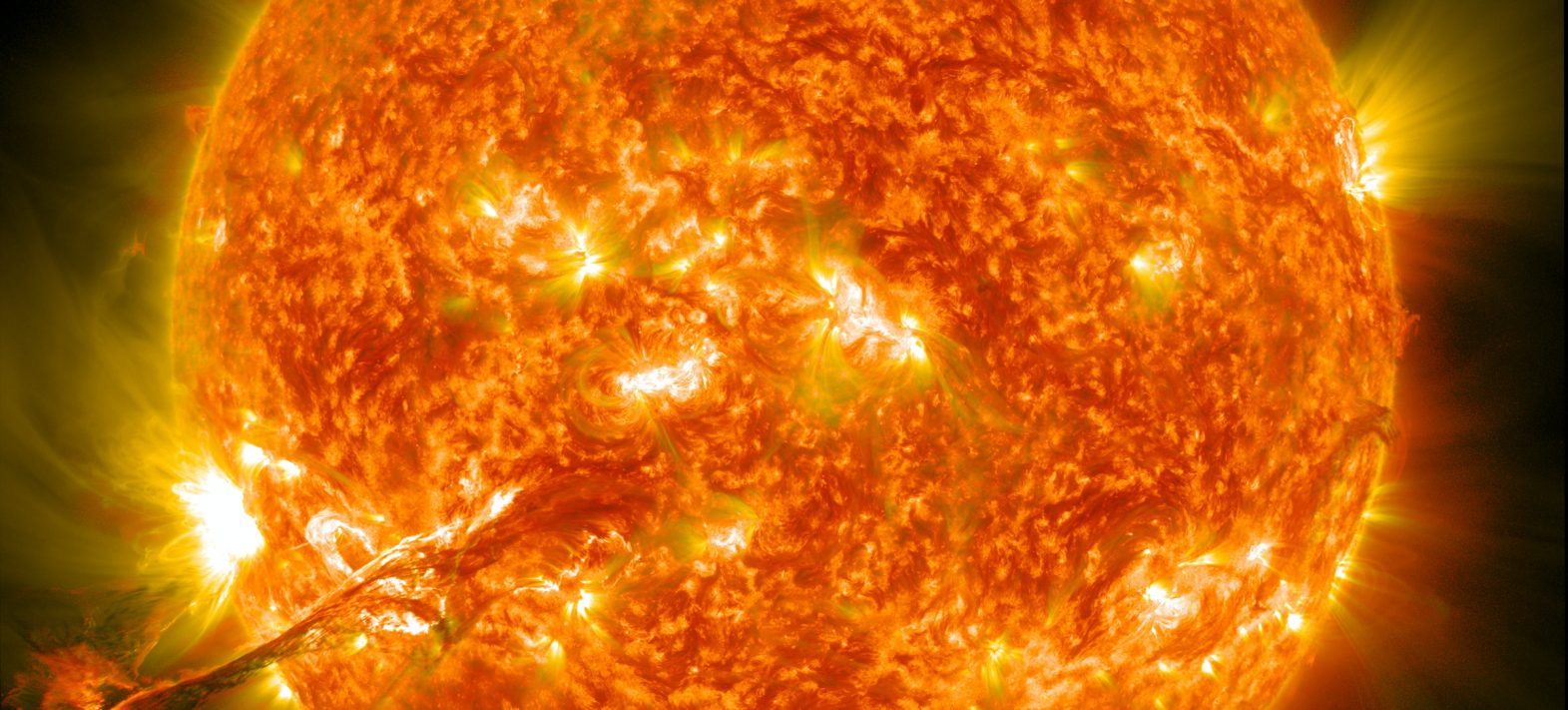A new isotope effect opens up unexpected clues to the formation of the Solar System
Researchers from CNRS, Muséum National d'Histoire Naturelle de Paris, University of Manchester, Université Paris XIII, Sorbonne Université and Institut de Physique du Globe de Paris/Université de Paris, have just experimentally confirmed the existence of a new isotope effect, discovered 35 years ago during ozone synthesis.

© NASA
Publication date: 20/04/2020
Press, Research
Related teams :
Cosmochemistry, Astrophysics and Experimental Geophysics (CAGE)
Related themes : Origins








